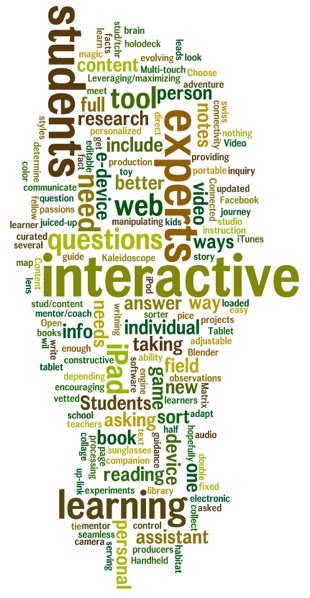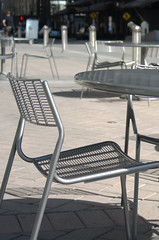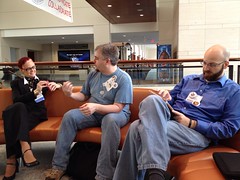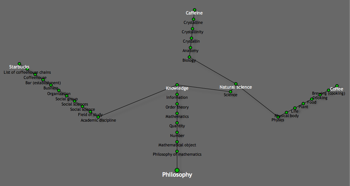
We hurried back from Cullowhee Thursday so that I could see Jonah Lehrer talk about his new book, Imagine, at the Quail Ridge Bookstore in Raleigh. We’d been in Cullowhee for events leading up to the installation of Western Carolina University’s new chancellor, Dr. David Belcher. Brenda and I both graduated from WCU more than 35 years ago — “GO CATAMOUNTS.”
But I had seen some buzz about Lehrer’s new book, and I wanted to hear more. His background is neuroscience, but he also studied 20th century literature and philosophy at Oxford University as a Rhodes Scholar. He blogs at Frontal Cortex. Evidenty, one of Jonah’s passions is “healing the rift between sciences and humanities.” ((Wikipedia contributors. “Jonah Lehrer.” Wikipedia, The Free Encyclopedia. Wikipedia, The Free Encyclopedia, 25 Mar. 2012. Web. 30 Mar. 2012.)). Also, he looks to be only a bit more than 17 years old. But that’s OK.
He was not able to share much during his 30 minute lecture and what he did share had little to do with the buzz I’d gotten (You have to suffer in order to create – link). Jonah did describe two sources of creativity. He talked about those sudden insights that we have when struggling with a problem. There are two features of these insights, that they seem to come from nowhere and that we intuitively know they’re right when they come. They also seem to come from a brain that is relaxed and emanating alpha waves.
Creativity is the residue of wasted time! — Einstein
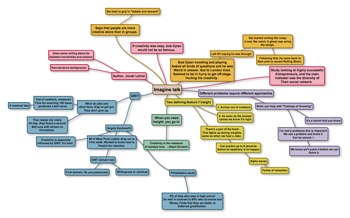 |
|
My notes from the lecture |
The other source was not such good news for those of us in the standing-room audience who were looking for a shortcut to creativity. It is the GRIT factor. He said that creativity is hard work and that it comes to people who stick with a problem long enough to combine the pieced of the non-obvious solution. “If creativity was easy, we wouldn’t have a Bob Dylan.” Angela Duckworth was the researcher he quoted with regards to the grit trait.
While he signed my copy of his book, I expressed some frustration with efforts in the education world to try to teach creativity. He told me that kids are naturally creative. The best thing we can do is just get out of the way and encourage them to express their creativity.



